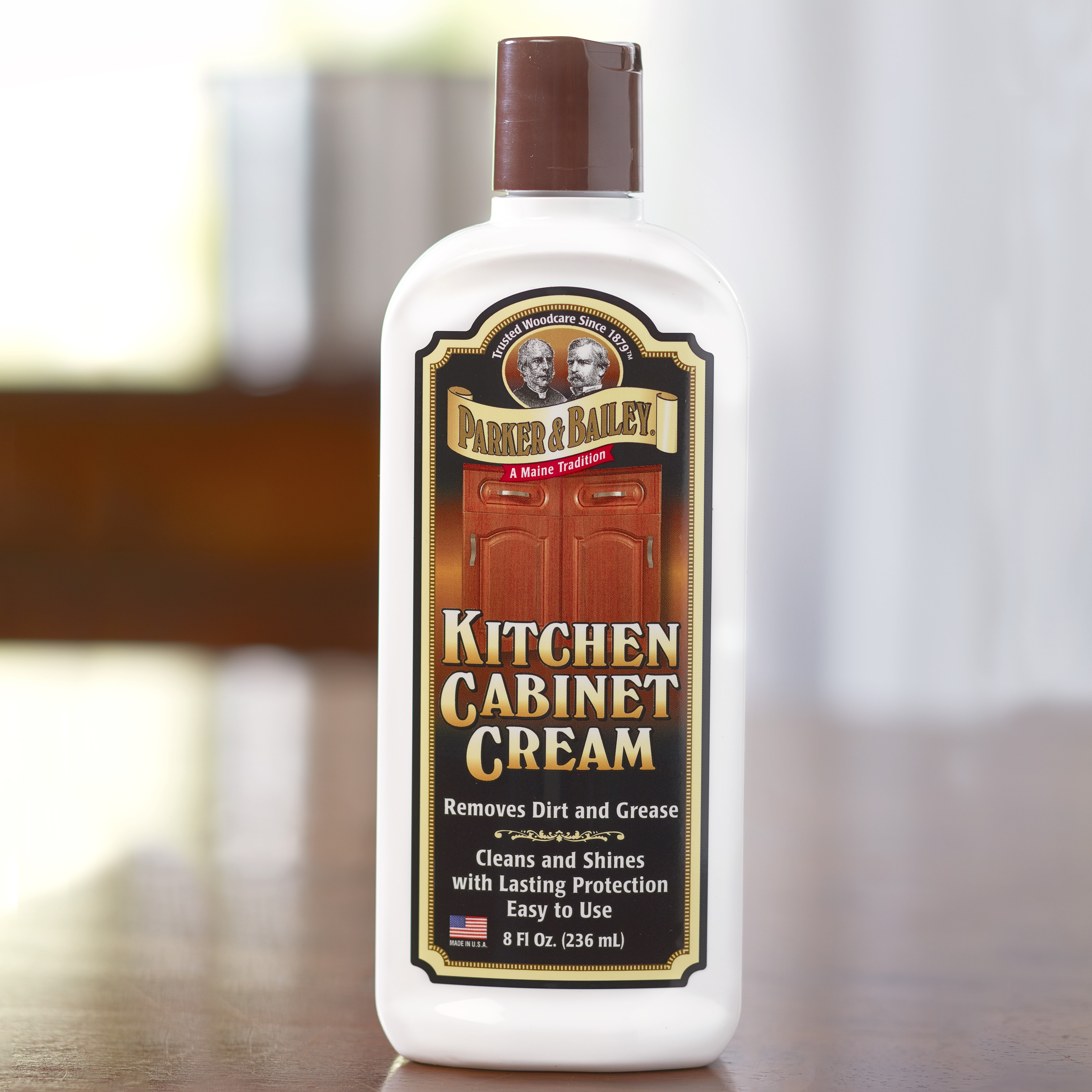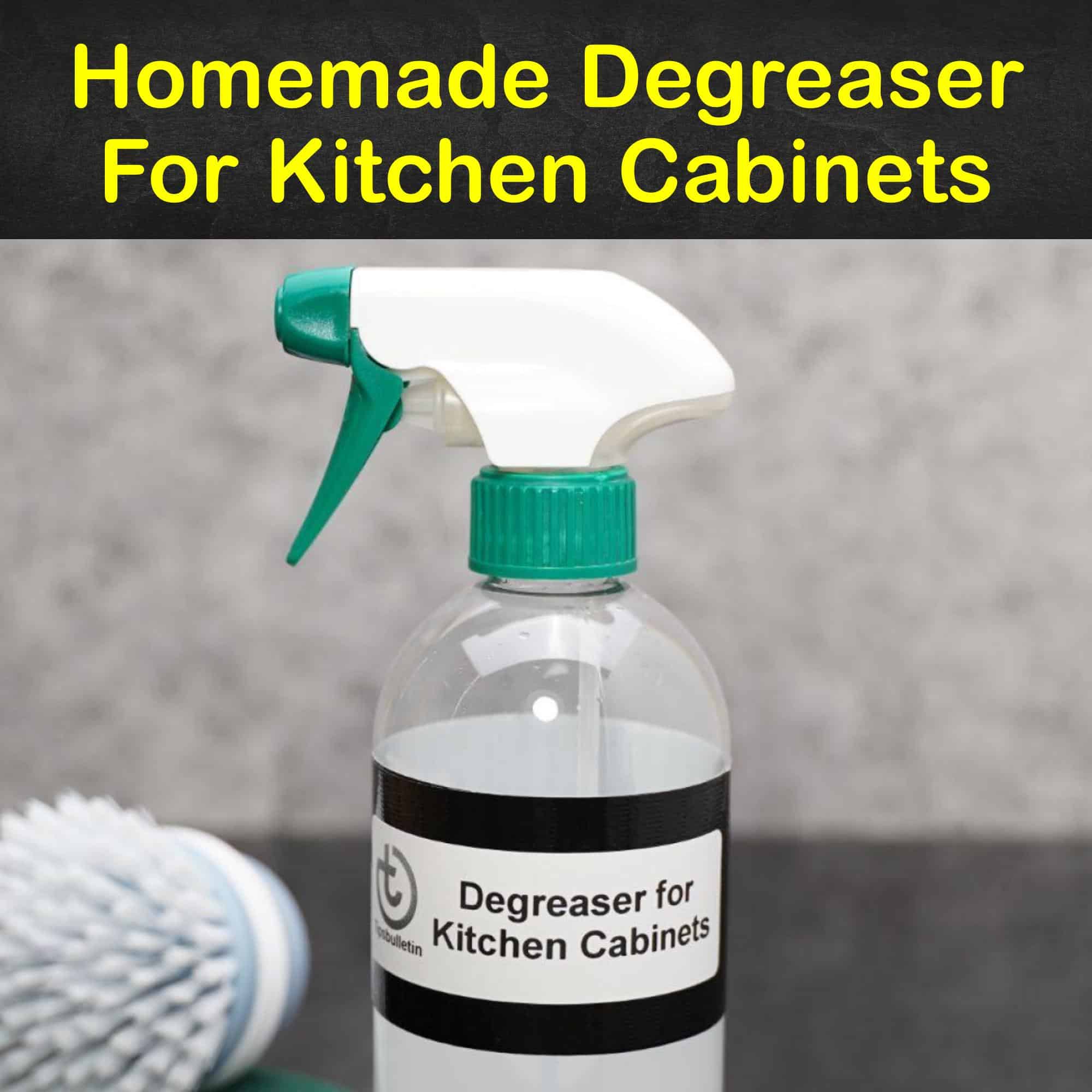Types of Kitchen Cabinet Degreasers

Choosing the right degreaser for your kitchen cabinets is crucial for effective cleaning without damaging the surface. Different degreasers utilize varying chemical compositions, each with its own strengths and weaknesses depending on the type of cabinet material and the severity of the grease and grime. Understanding these differences will help you make an informed decision and achieve the best cleaning results.
Degreaser Types and Their Properties, What is the best degreaser for kitchen cabinets
The effectiveness and safety of a degreaser depend heavily on its chemical makeup. Four common types are solvent-based, citrus-based, enzymatic, and alkaline degreasers. Each interacts differently with grease and grime, and each possesses unique safety considerations.
| Degreaser Type | Pros | Cons | Suitability for Cabinet Materials |
|---|---|---|---|
| Solvent-Based | Highly effective at dissolving grease and grime; fast-acting. | Strong odor; can damage certain finishes (e.g., some wood finishes, laminate); may require more ventilation; potentially harmful if inhaled or ingested. | Suitable for durable surfaces like some painted cabinets and certain types of sealed wood; avoid use on delicate wood or laminate. |
| Citrus-Based | Pleasant scent; generally safer than solvent-based; biodegradable; effective on light grease and grime. | Less effective on heavy grease; may require longer cleaning time; not suitable for all types of grease. | Suitable for most cabinet materials, including wood, laminate, and painted surfaces. |
| Enzymatic | Environmentally friendly; effective on grease and grime over time; less harsh on surfaces. | Slower acting than solvent-based; may not be effective on heavily soiled areas; requires longer contact time. | Suitable for most cabinet materials, including wood, laminate, and painted surfaces. |
| Alkaline | Effective on grease and grime; relatively inexpensive. | Can be harsh on some surfaces; may cause discoloration or damage to certain finishes; strong odor. | Suitable for durable painted surfaces; test in an inconspicuous area before widespread use on other materials. |
Chemical Composition and Grease Removal Mechanisms
Solvent-based degreasers typically contain petroleum distillates or other organic solvents that dissolve grease and oil. Citrus-based degreasers utilize the natural cleaning power of citric acid found in citrus fruits, breaking down grease and grime. Enzymatic degreasers use enzymes that break down grease and grime at a molecular level, effectively removing them without harsh chemicals. Alkaline degreasers contain strong bases, such as sodium hydroxide, which saponify fats and oils, converting them into soluble substances that can be easily rinsed away.
Safety Precautions for Degreaser Use
When using any type of degreaser, proper safety precautions are essential. Always ensure adequate ventilation, ideally working outdoors or in a well-ventilated area. Wear appropriate personal protective equipment (PPE), including gloves, eye protection, and a mask to prevent inhalation of fumes. Always follow the manufacturer’s instructions carefully, paying close attention to any specific warnings or precautions. For solvent-based and alkaline degreasers, extra caution is advised due to their stronger chemical nature. Never mix different types of degreasers, as this could create hazardous reactions. Always test any degreaser in an inconspicuous area before applying it to the entire cabinet surface to check for compatibility and potential damage. After cleaning, rinse thoroughly with clean water to remove all traces of the degreaser.
Application Methods and Techniques

Cleaning kitchen cabinets effectively requires a methodical approach. The right degreaser, combined with proper application and technique, will yield the best results, leaving your cabinets sparkling and grease-free. Remember to always test any cleaning solution in an inconspicuous area first to check for discoloration or damage.
Proper application of your chosen degreaser is crucial for effective cleaning and to prevent damage to your cabinets. This section details a step-by-step process and addresses tackling stubborn grime.
Step-by-Step Cabinet Cleaning with Degreaser
Before beginning the cleaning process, it’s essential to prepare the cabinets and gather your supplies. This ensures a smooth and efficient cleaning experience.
- Pre-Cleaning: Begin by removing any loose debris or crumbs from the cabinet surfaces using a dry brush or cloth. This prevents the debris from being smeared around during the cleaning process.
- Application: Depending on the degreaser, apply it according to the manufacturer’s instructions. For spray-on degreasers, lightly mist the solution onto a small section of the cabinet, avoiding oversaturation. For other types, apply a small amount to a cleaning cloth.
- Wiping and Scrubbing: Use a soft sponge or microfiber cloth to gently wipe the degreaser across the cabinet surface, working in small sections. For stubborn grease, a soft-bristled brush might be necessary. Avoid harsh scrubbing that could damage the cabinet finish.
- Rinsing: After cleaning each section, rinse the area thoroughly with clean water using a damp cloth or sponge. Ensure all traces of the degreaser are removed. Immediately dry the cabinet surface with a clean, dry cloth to prevent watermarks.
Tackling Stubborn Grease and Grime
Persistent grease and grime require extra attention and possibly specialized tools. The key is patience and the right approach.
Stubborn grease often necessitates a two-step process. Sometimes, a pre-soak with a diluted degreaser solution can significantly soften the grease, making it easier to remove. For extremely stubborn areas, a paste of baking soda and water can be applied and left to sit for a short time before scrubbing. Always remember to test any new cleaning method in an inconspicuous area first. A plastic scraper (for non-painted cabinets) can carefully lift off hardened grease.
Ideal Cleaning Setup
Imagine this: a brightly lit kitchen, a clean countertop providing ample workspace. A caddy or tray holds your cleaning supplies, neatly organized. Within the caddy, you’ll find a spray bottle of degreaser, a bowl of warm water, several soft microfiber cloths (some damp, some dry), a soft-bristled brush for detail work, and perhaps a plastic scraper (for non-painted cabinets only). A small bucket for rinsing cloths completes the scene. The whole setup is visually calming and efficient, reflecting a prepared and organized approach to the task at hand. The color scheme is muted and clean, allowing the focus to remain on the cabinets themselves.
Choosing the Right Degreaser for Your Cabinets: What Is The Best Degreaser For Kitchen Cabinets

Selecting the appropriate degreaser for your kitchen cabinets requires careful consideration of several factors. The wrong choice can lead to damage, leaving your cabinets looking worse than before. Understanding your cabinet material and the type of grime you’re tackling is crucial for achieving a successful and safe cleaning.
Cabinet Material Considerations
The material of your kitchen cabinets significantly impacts the type of degreaser you should use. Harsh chemicals can damage delicate surfaces, while gentler cleaners may be ineffective against stubborn grease on more durable materials. Wood cabinets, especially those with intricate carvings or a delicate finish, require a more gentle approach. Painted cabinets offer more resilience but still need a degreaser compatible with the paint type. Laminate cabinets, while resistant, can be marred by abrasive cleaners.
Grease and Grime Types
Different types of grease and grime require varying levels of cleaning power. Baked-on grease, often found near the stove, necessitates a stronger degreaser than simple oil splatters. Sticky residues from spills demand a cleaner that can effectively dissolve and lift the residue without leaving streaks or a film. The choice of degreaser directly relates to the tenacity of the grime.
Decision Tree for Degreaser Selection
A decision tree can simplify the process of choosing the right degreaser. This visual guide helps navigate the various factors to arrive at the best cleaning solution.
| Cabinet Material | Type of Grime | Recommended Degreaser Type | Additional Notes |
|---|---|---|---|
| Solid Wood (with varnish/polyurethane finish) | Light oil splatters | Mild dish soap and water solution | Test in an inconspicuous area first. |
| Solid Wood (with varnish/polyurethane finish) | Baked-on grease | Degreaser specifically formulated for wood; test in an inconspicuous area first. | Follow product instructions carefully. |
| Painted Cabinets (oil-based paint) | Light grease and grime | All-purpose cleaner; test in an inconspicuous area first. | Avoid abrasive cleaners. |
| Painted Cabinets (oil-based paint) | Heavy grease and grime | A stronger degreaser designed for painted surfaces; test in an inconspicuous area first. | Always pre-test to ensure compatibility. |
| Laminate Cabinets | Light to moderate grease | All-purpose cleaner or a mild degreaser. | Avoid harsh chemicals and abrasive pads. |
| Laminate Cabinets | Heavy grease | Stronger degreaser, but always test in an inconspicuous area first. | Check manufacturer’s recommendations for cleaning. |
Always test any degreaser on a small, inconspicuous area of your cabinets before applying it to the entire surface. This prevents accidental damage to your cabinets.
